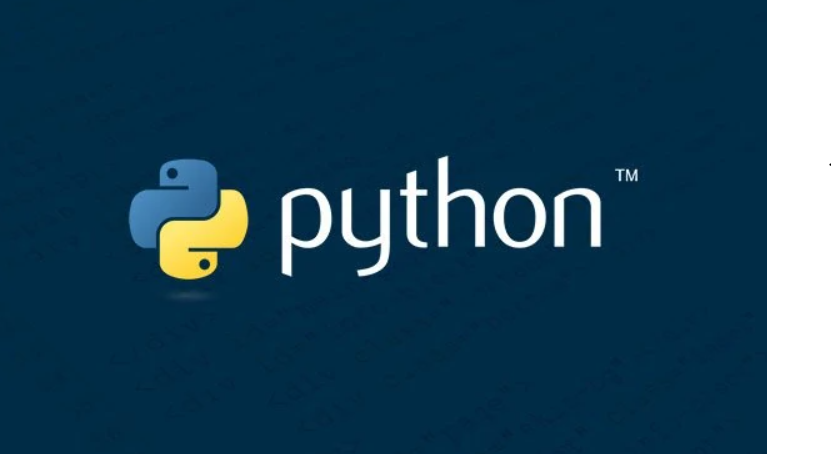
History of Python
Python is a high-level, interpreted, interactive and object-oriented scripting language. Python is designed to be highly readable. Python consistently ranks as one of the most popular programming languages. Python is derived from many other languages, including ABC, Modula-3, C, C++, Algol-68, Smalltalk, Unix shell, and other scripting languages. Python laid its foundation in the late 1980s. Implementation of Python was started in December 1989 by Guido Van Rossum at CWI in Netherland. In February 1991, Guido Van Rossum published the code (labeled version 0.9.0) to alt. sources. In 1994, Python 1.0 was released with new features like lambda, map, filter, and reduce. Python 2.0 added new features such as list comprehensions, garbage collection systems. On December 3, 2008, Python 3.0 (also called “Py3K”) was released. It was designed to rectify the fundamental flaw of the language.
List of Code Editors
1. Emacs
Emacs is a text editor designed for POSIX operating systems and available on Linux, BSD, macOS, Windows, and more. Users love Emacs because it features efficient commands for common but complex actions and for the plugins and configuration hacks that have developed around it for nearly 40 years.
Emacs is very good for any kind of plain text file editing (I’m not talking about editing images or video files here), even for regular people (who is not a programmer). For me, Emacs is the best editor.
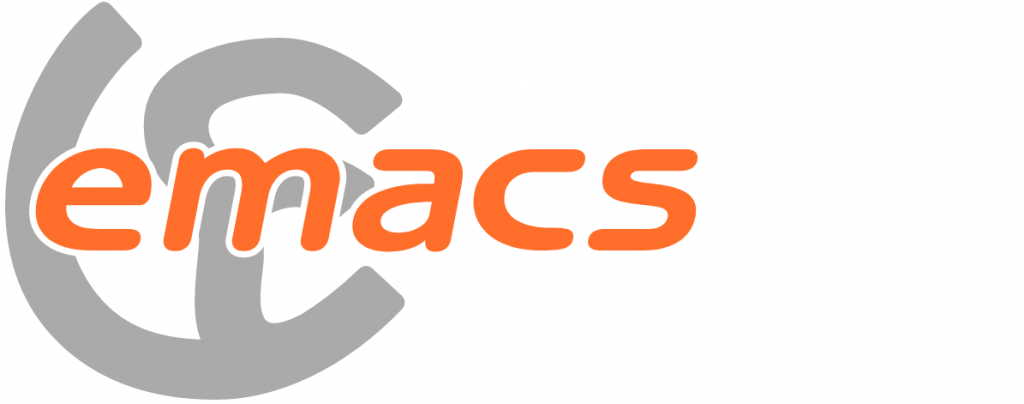
Pros
- Emacs is available on almost all operating systems. You can use it for free, and even use it for remote editing. It has a nice desktop application that anyone can use, even the ordinary user.
- Lightweight application: Although it hasn’t always been, Emacs is now a very lightweight, efficient editor that isn’t going to demand much CPU power. This can be crucial for large-scale applications.
- Easy learning curve: for complex editors, Emacs is one of the easier to get a handle on. There’s good documentation, and an easy layout that makes figuring out how it works much easier than others.
Cons
- Initial startup time: not that it matters greatly, but Emacs can take a while on initial startup. But since it only happens once, it’s not a huge deal.
- Discovery of features: there are a lot of features to Emacs! But finding what all Emacs can do can take you some time. You’ll still find new features on occasion even as a seasoned user.
Best Resources, Tutorials and Guide for Emacs
Download link:- https://www.gnu.org/software/emacs/download.html
2. Visual Studio Code
Visual Studio Code (VS Code) is a free and open-source code editor created by Microsoft that can be used for Python development. You can add the extension to create a Python development environment. It provides support for debugging, embedded Git control, syntax highlighting, IntelliSense code completion, snippets, and code refactoring.
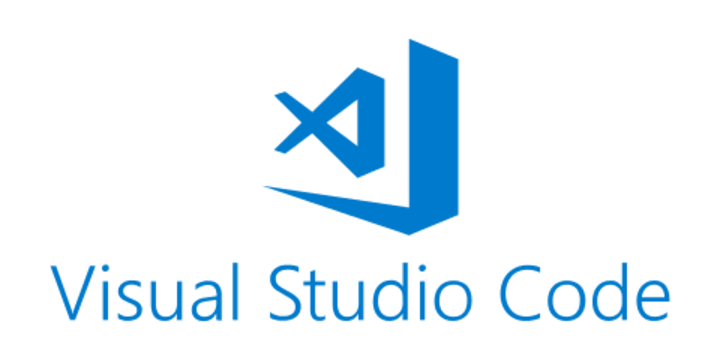
Pros
- Checks error while writing codes
- Provides great Extensions so that it can support almost any language
- Git and Github implementaion can be done easily
Cons
- Newly added Gihub Copilot crashes a lot.
- It would be better if php and python deployment was made easier.
- Searching for settings is a bit complicated.
Best Resources, Tutorials and Guide for visualstudio
Download link:- https://code.visualstudio.com/download
3. Sublime Text
Sublime Text is a very streamlined and efficient piece of text/code editing software. Sublime Text is a simple but feature-packed text editor. It often feels like an easy decision to install and use this software. Pros: Sublime Text is easy to install on your desktop computer. You can install Sublime Text on to Windows, Mac, and Linux operating systems.
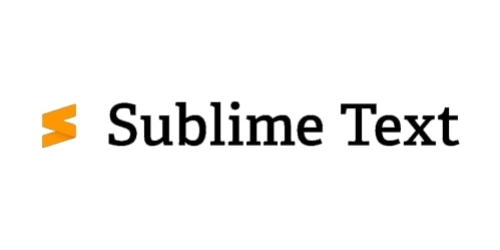
Pros
- Using colorful coding makes it simple to review or write code and accurate code completion.
- In Sublime Text, there are a lot of shortcuts. It’s easy to manipulate text, and we can text package controls to save a lot of time.
- Fast and efficient, Sublime Text is ideal for working with large datasets. In turn, it enhances the enjoyment we derive from coding.
Cons
- Plugins are easier to use and less complicated but transferring your license to a new computer isn’t as simple as it sounds.
- Sublime has an automatic file comparison feature, but it’s challenging to use and should be improved.
- Adding the ability to mark or highlight the text with different colors would be an excellent application.
Best Resources, Tutorials and Guide for Sublime Text
Download link:- https://www.sublimetext.com/download
4. Atom
Atom is a free text editor created by Github. Atom is open source, meaning that all the code is available for you to read, modify for your own use and even contribute improvements. Atom is “the hackable text editor,” because it is highly customizable.
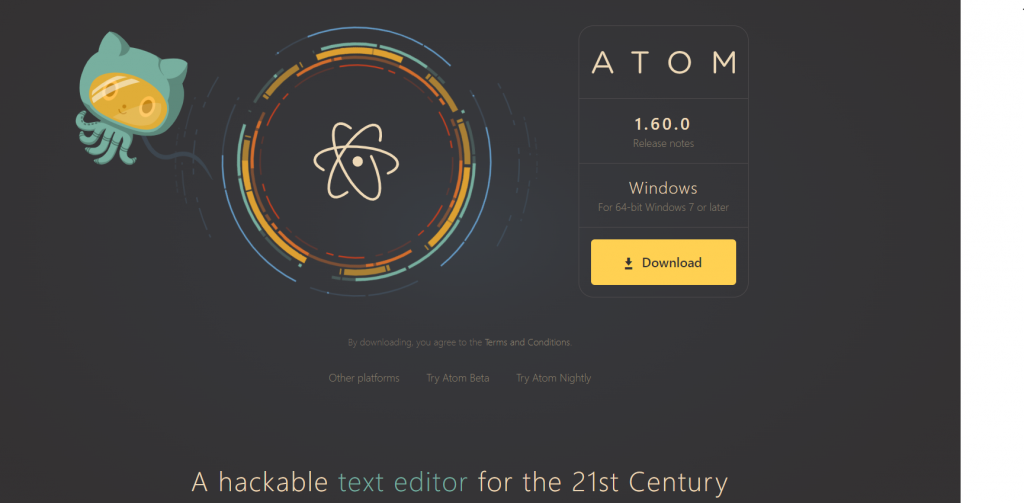
Pros
- Atom is a free text editor created by Github.
- Atom has an amazing plugin library that is easy to use and integrates seamlessly.
- Atom provides good syntax highlighting and other interactive support for a number of programming languages through its available plug-ins.
Cons
- Some of Atom’s default UX could be improved. Depending on your previous workspace, it can open with two panes and a welcome tab in each, requiring you to close lots of cruft on startup.
- Plugins issues
- Developers with advanced needs will not find equivalents to VS Studio
Best Resources, Tutorials and Guide for Atom
Download link:- https://atom.io/
5. Vim
Vim is an open-source, cross-platform text editor. It is pre-installed in macOS and UNIX systems but for Windows, you need to download it. Vim editor is among the best editors used in the command-line interface to open, edit and save files, vim editor can be used for editing simple text files Vim is extremely popular in geeks communities, and by adding extensions or modifying its configuration file you can easily adapt it for development in Python.
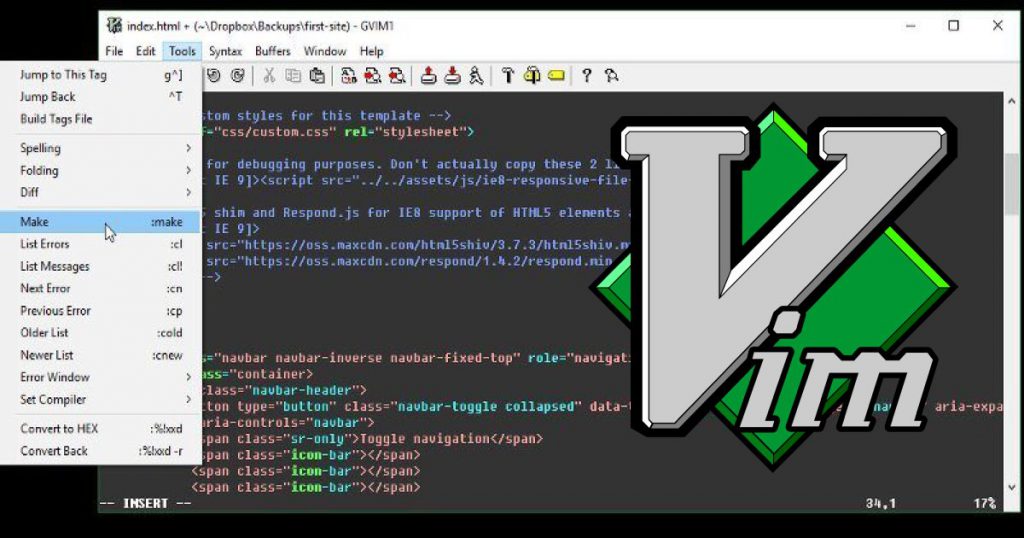
Pros
- Lightweight and fast
- Powerful plugin model
- Free and open-source
- Configuration portability
- Keyboard-based, mouse-free interface
- Great productivity tool, once learned is hard to forget
Cons
- Difficult learning curve
- High effort to customize
- Poor support for external tooling
- Poor Feature Discoverability
- Doesn’t play nice with the system cut/paste mechanisms
Best Resources, Tutorials and Guide for Vim
Download link:- https://www.vim.org/download.php
Interview Questions and Answer for Python
link for that:- https://www.devopsschool.com/blog/top-50-python-interview-questions-and-answers/

